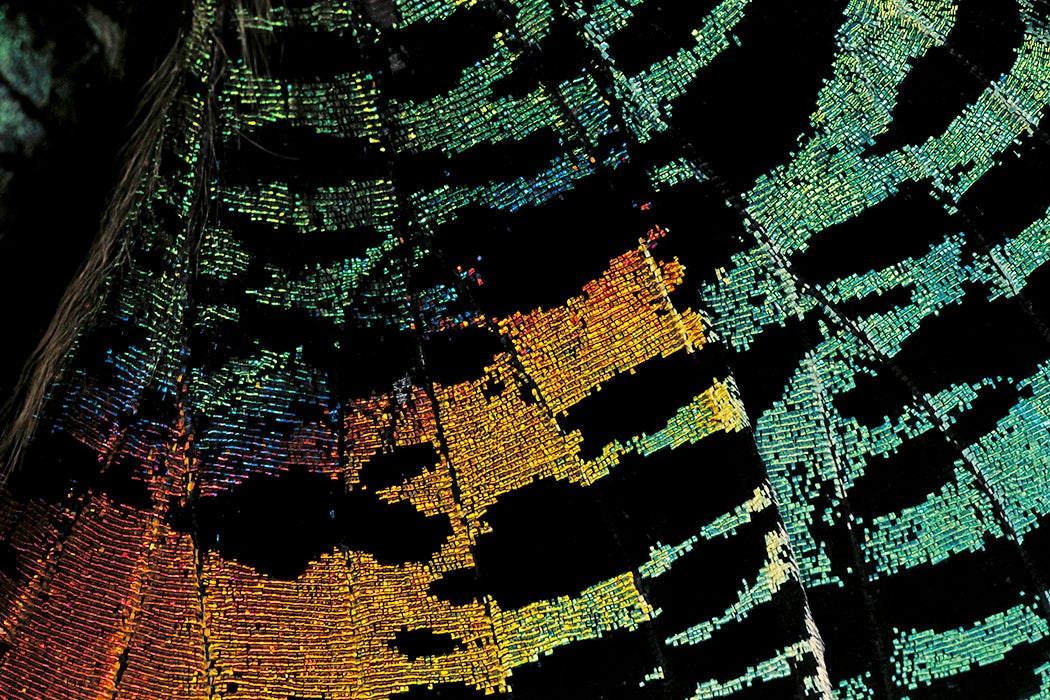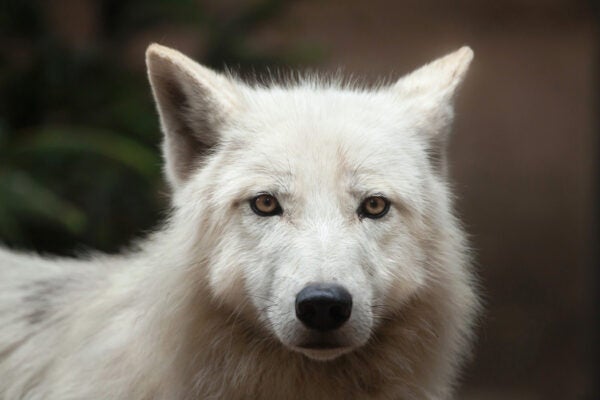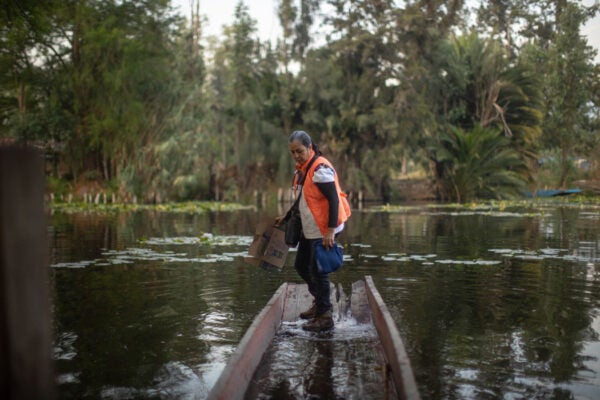How Animals Use the Laws of Physics (Knowable Magazine)
by Tom Siegfried
From butterfly wings that bend light to create iridescence to birds choosing sticks with a range of physical properties for nest-building, physics informs the ways animals adapt and survive in the world.
Scientific Storm-Chasing (The Conversation)
by Yvette Richardson and Paul Markowski
To learn about how tornadoes work, meteorologists need a range of high-tech instruments—and a willingness to traverse dangerous roads and change plans on the fly.
What Does it Mean for a Mountain to be a Person? (Mongabay)
by Monica Evans
In recent years, Māori communities and environmental advocates have used the concept of legal personhood to help protect rivers, forests, whales, and more. But some question whether the legal system can adequately represent Māori relationships with nature.
The Scientists Behind Big Meat (Vox)
by Grace van Deelen
From their start, America’s public universities created technologies to make the meat industry more profitable, like using hormones to grow cows faster with less feed or dramatically expanding the size of broiler chickens. What happens when we count on these same research programs to improve farms’ sustainability?
Walking Across Australia (Big Think)
by Frank Jacobs
More than 70,000 years ago, when Australia was part of a larger paleocontinent called Sahul, its first residents traveled in a purposeful way from one home base to another. Now, researchers are tracing how these paths interacted with changing climates.
Got a hot tip about a well-researched story that belongs on this list? Email us here.






